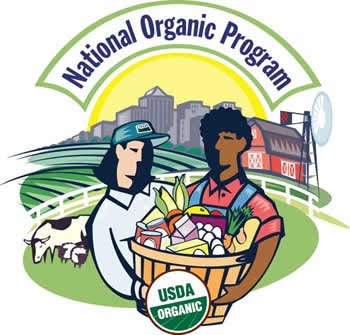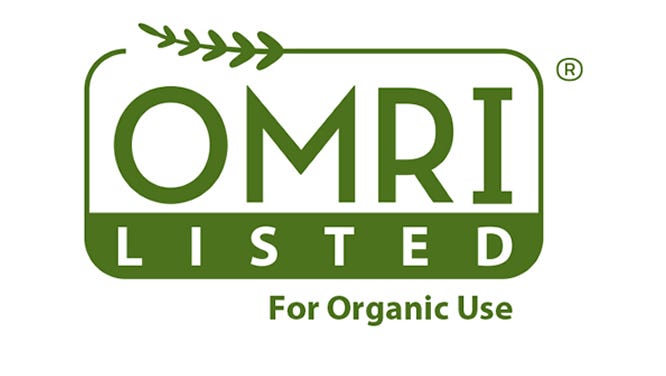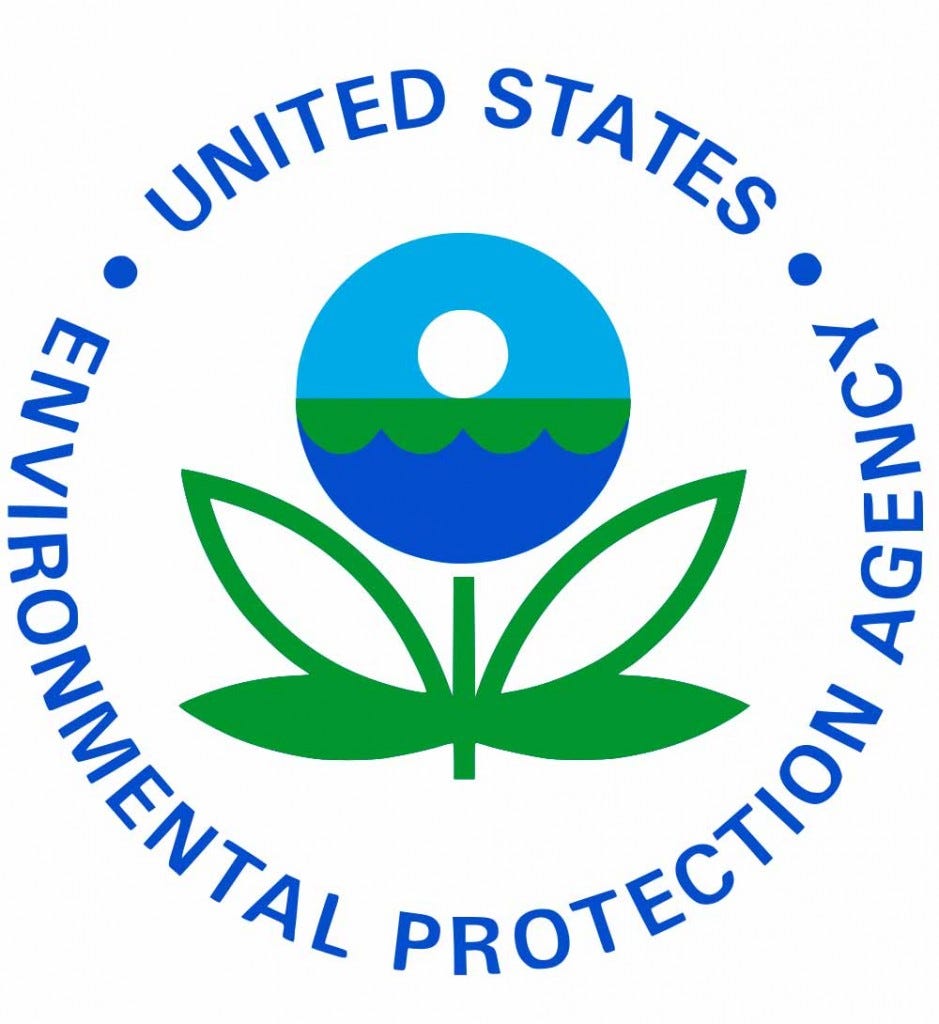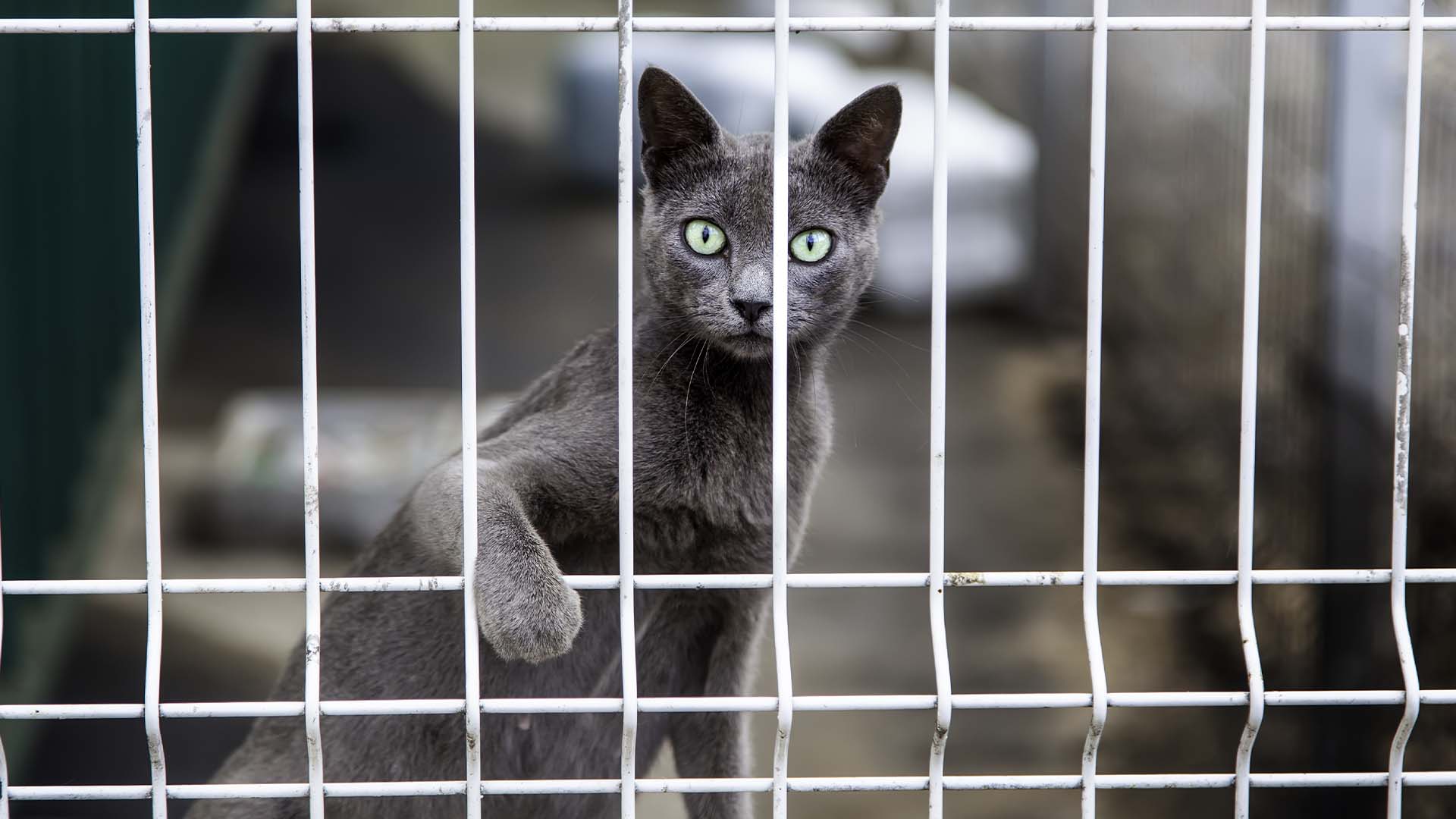
When you go shopping for repellents or pesticides and see a product on the shelf with a label that reads “Natural” or “Organic,” do you know what it really means? Unfortunately, stand-alone claims like these may be quite misleading; many manufacturers freely use these terms on products that actually contain a mix of natural and artificial ingredients. You could even be fooled into purchasing a chemical pesticide, if you don’t look out for the proper certifications.
So, how do you know whether a repellent or pesticide truly stands up to organic standards? Luckily there are several government and recognized non-profit institutions that regulate products like these and provide certifications to those that they approve.
Products that have earned these certifications will likely tell you so on their labels. In this article, we will define some important classifications and certifications, and try to help you better understand product labels so that you can decide whether or not a product is truly natural or organic.
National Organic Program (NOP)

The National Organic Program (NOP) is a federal regulatory framework, administered by the United States Department of Agriculture (USDA), that governs organic products with the mission of, “ensuring the integrity of USDA organic products in the U.S. and throughout the world.” Under the NOP, manufacturers who wish to use the word “organic” in reference to their products must be “certified organic” by the USDA.
The USDA investigates all aspects of a product, from production and processing to delivery and retail sale before deeming it “certified organic.” A pesticide or animal repellent may be “certified organic” if the certifiers can confidently induce that it will do less harm to people, pets and the environment than using chemical pesticides. A product like this will likely bear a seal that says “For Organic Gardening”.
“For Organic Gardening” Seal

If a product falls under the NOP, the United States Environmental Protection Agency (EPA) will designate the product suitable, “For Organic Gardening.” Products with this distinction will likely bear a seal that reads, “For Organic Gardening,” assuring you that it has been certified.
Organic Materials Review Institute®
The Organic Materials Review Institute® (OMRI®) is a national, independent, nonprofit organization that reviews products intended for use in organic production, handling or processing, to determine whether they comply with organic standards and can be allowed under the NOP.
For example, the manufacturer of an animal repellent that is intended for use in organic gardening will apply for an OMRI® certification. From there, a national board of experts in the organic industry will conduct a stringent review of the repellent’s ingredients, the source of its ingredients, and how the ingredients are processed, to determine whether the repellent complies with US NOP standards, and can truly be used in organic gardening.
OMRI Listed® Seal

Products that pass the OMRI® review carry the OMRI Listed® seal and appear on the OMRI® Brand Name Products List. The Listed Seal assures the suitability of a product for organic production, handling and processing.
Environment Protection Agency (EPA) 25-b Exemption List

Under the Federal Insecticide, Fungicide, and Rodenticide Act (FIFRA), the United States Government requires that all pesticides (including animal repellents) used in the US must be licensed, or registered, by the United States Environmental Protection Agency (EPA).
A pesticide or repellent may only successfully receive an EPA registration if the EPA can ensure that it will not have “unreasonable adverse effects on humans, the environment and non-target species.” In order to do so, the EPA conducts a rigorous examination of the product, its intended use, and disposal and storage practices, among other criteria.
While this is a government-mandated registration, there are several pesticides and repellents on the market that are NOT EPA-registered, because of the 25(b) exemption of “minimum risk pesticides”.
The EPA’s 25(b) Active Ingredient Exemptions List is a list of active ingredients that are known as "minimum risk pesticides." Pesticides or repellents that only contain active ingredients that appear on this list are exempt the requirements of federal registration under the Federal Insecticide, Fungicide, and Rodenticide Act (FIFRA). In other words, 25(b) qualifying products do not require an EPA review or registration in order to be sold to the public.
The active ingredients on the EPA 25(b) Active Ingredient Exemptions List are either biologically derived or listed as a food additive by the FDA. (However that does not mean they are necessarily “safe”.
Criteria for 25(b)Exemption
In order for a repellent or pesticide to be legally exempt from EPA registration, it must comply with the following criteria:
- It is formulated using only the EPA’s list of 4A inerts* (Minimal Risk Inerts)
- Each active ingredient is listed by name and percentage on the product label
- All other ingredients are listed by name on the product label
- Its label does not have any false or misleading statements under 40 CFR 156.10 (a)(5)(i)-(viii)
Products containing active ingredients listed as 25(b) are exempt from the requirements of FIFRA, alone or in combination with other substances, provided that all of the above criteria are met.
*Inert ingredients in pesticides are those ingredients that are not intended to affect a target pest, but instead they are added to enhance some physical characteristic, like the pesticides solubility in water, for example.
Inerts are not necessarily harmless – actually some may be quite toxic – and they generally make up a large percentage of products. FIFRA does not require inert ingredients to be identified by name and percentage on a product label, rather only the total percentage of inert ingredients must be declared.
The EPA classifies inert ingredients in four lists:
List 1: Inert Ingredients of Toxicological Concern
List 2: Potentially Toxic Other Ingredients/High Priority for Testing Inerts
List 3: Inerts of Unknown Toxicity
List 4A: Inert Ingredients of Minimal Concern
List 4B: Other ingredients for which EPA has sufficient information to reasonably conclude that the current use pattern in pesticide products will not adversely affect public health or the environment
What You Should Know
Just because the ingredients of a particular product find their way on the EPA 25(b) list does not mean that product is “all-natural”, “organic”, or completely safe.
However, repellents and pesticides that are exempt from EPA registration do not have to adhere to the same regulations as those products that require an EPA registration. For example, they are not required to list inactive ingredients in their labeling. So, a product’s label may try to pass the repellent or pesticide off as “organic”, “natural”, or “safe around children and pets”, when in reality its inactive ingredients could prove to be potentially harmful chemicals.
Certain companies abuse the verbiage and terminology allowed by highlighting words in their labeling. This is a way for companies to get around the strict rules and regulations that deem a product “organic.”
It is important to pay attention to the certifications on a product’s label – not just it’s claims. If you use sprays that do not have the USDA organic seal or a third-party regulator such as the OMRI Listed® seal on its labeling, be sure to use extra care.
If you are in doubt about a product being organic, do not hesitate to get in contact with the company in question. While they may not be quick to fix their misleading label practices, they are likely to make clearer the meanings behind the label, when directly confronted by a potential consumer.



